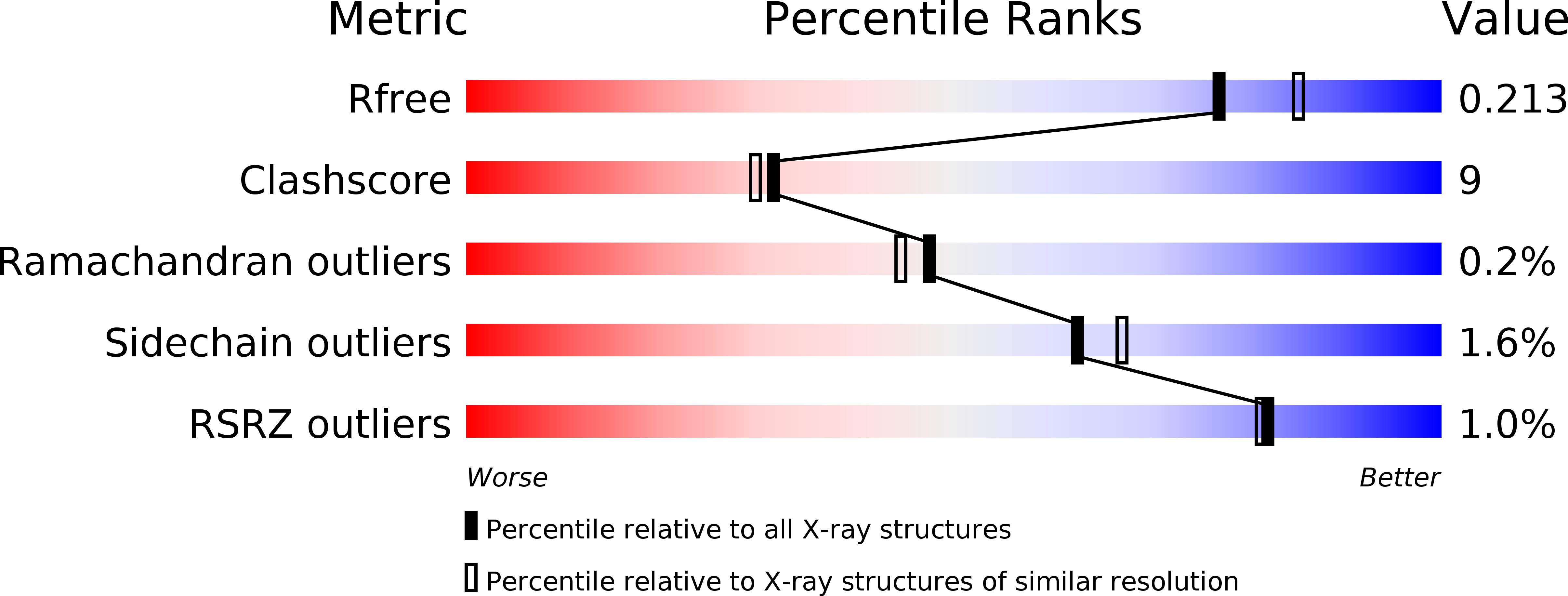
Deposition Date
2009-11-14
Release Date
2010-01-26
Last Version Date
2025-03-26
Entry Detail
PDB ID:
3KP1
Keywords:
Title:
Crystal structure of ornithine 4,5 aminomutase (Resting State)
Biological Source:
Source Organism:
Clostridium sticklandii (Taxon ID: 1511)
Host Organism:
Method Details:
Experimental Method:
Resolution:
2.01 Å
R-Value Free:
0.21
R-Value Work:
0.16
R-Value Observed:
0.16
Space Group:
P 1 21 1


